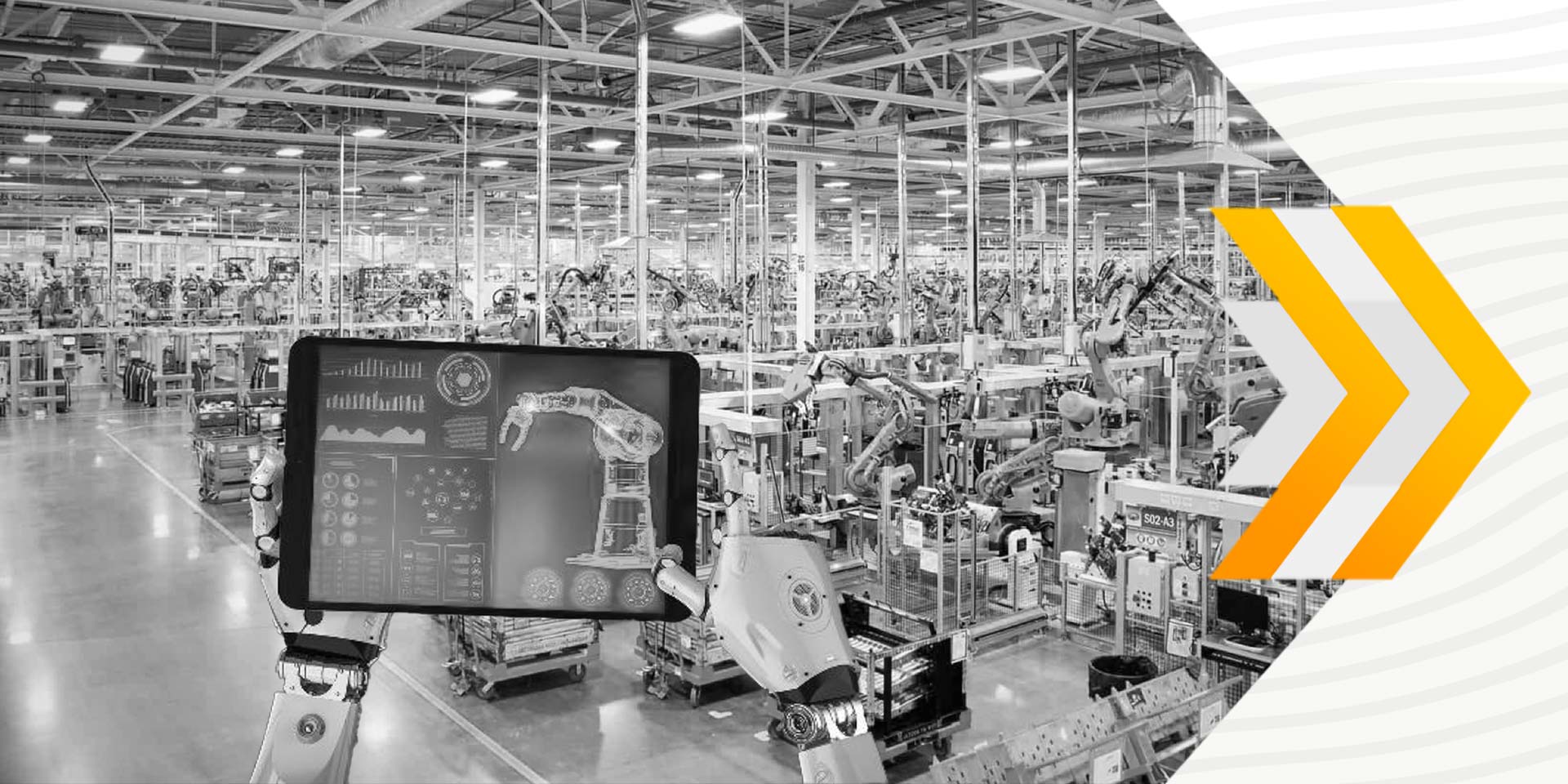Automation
Introduction to Business Process Automation- A Beginner's Guide


- Table of Contents
- Introduction
- Business Process Automation (An Overview) -
- Invoice Processing
- Order Management
- Employee Leave Requests
- Supply Chain Management
- Benefits of Business Process Automation-
- Conclusion
Introduction
In an era where technological advancements redefine the way we work, understanding the fundamentals of Business Process Automation (BPA)is pivotal for organizational success. In the relentless pursuit of efficiency and excellence, businesses are turning to Business Process Automation (BPA) as a beacon of innovation. 67% of companies use business process automation solutions to streamline their processes and achieve greater productivity.
This beginner's guide explores the intricacies of BPA, from its definition to its benefits. Delve into the future of streamlined operations, where technology meets strategy to redefine how organizations operate in the digital age.
Business Process Automation: An Overview
Business Process Automation (BPA) is the application of advanced technology to streamline business processes with minimal human intervention. Business processes, consisting of a series of activities aimed at achieving specific organizational goals, often span various departments within a business.
BPA leverages cutting-edge technologies, including automation tools, process intelligence capabilities, and cloud platforms. These capabilities are seamlessly integrated into popular enterprise applications like ERP software and human capital management systems, working behind the scenes to enforce industry best practices.
In SAP systems, recognized for their robust enterprise resource planning capabilities, Business Process Automation finds exemplary use cases. Consider the following scenarios to illustrate the practical application of BPA in SAP environments:
- Traditional manual workflows for processing invoices involve multiple steps, including data entry, validation, and approval.
- BPA in SAP utilizes intelligent automation tools to automatically capture invoice data, validate it against predefined rules, and route it for approval.
- This accelerates the invoice processing cycle and minimizes the risk of errors associated with manual data entry.
Invoice Processing:
- Coordinating customer orders involves multiple departments, from order creation to fulfillment.
- BPA in SAP automates order processing by integrating with different modules, ensuring seamless communication between sales, inventory, and fulfillment systems.
- SAP automation reduces order processing times, enhances accuracy, and provides real-time visibility into order status.
Order Management:
- Handling employee leave requests traditionally involves manual approvals and documentation.
- BPA in SAP's human capital management system automates the leave request process, validating requests against predefined policies and routing them through appropriate approval channels.
- This streamlines the process, improves compliance with company policies, and reduces the administrative burden on HR teams.
Employee Leave Requests:
- SAP systems play a crucial role in managing complex supply chain processes.
- BPA can be applied to automate inventory management, order fulfillment, and logistics coordination, ensuring a smooth flow of operations.
- SAP automation in supply chain processes improves responsiveness, reduces lead times, and enhances overall supply chain efficiency.
- Enhanced Operational Efficiency
- Error Reduction and Improved Accuracy
- Cost Savings through Automation Solutions
- Improved Customer Experience
- Scalability and Adaptability
- Integration with SAP for Seamless Operations
- Enhanced Employee Satisfaction
- Compliance and Risk Management
Supply Chain Management:
Benefits of Business Process Automation
At the heart of BPA lies the promise of efficiency. Automation minimizes manual intervention in repetitive tasks, expediting processes and allowing your workforce to focus on more strategic, high-value activities. As a result, workflows become smoother, and the overall operational efficiency sees a significant boost.
Manual data entry is susceptible to errors, which can result in setbacks and financial losses. Robotic Process Automation (RPA), with its precision and consistency, reduces the risk of human error. By automating repetitive tasks, businesses can ensure greater accuracy in data processing, enabling better decision-making based on reliable information.
Cost-effectiveness is a hallmark of BPA. By automating repetitive tasks, businesses can achieve substantial cost savings. RPA, in particular, offers a cost-efficient solution as software robots work tirelessly around the clock without the need for breaks or benefits. This not only reduces labor costs but also increases the ROI on automation investments.
In a fiercely competitive market, customer experience stands as a crucial factor that sets businesses apart. By leveraging BPA, organizations can elevate their customer service to new heights. BPA achieves this by streamlining processes, reducing response times, and ensuring consistency. Through automation, businesses can promptly meet customer demands, resulting in heightened satisfaction and unwavering loyalty.
In the ever-changing business landscape, scalability is a key determinant of success. Business Process Automation (BPA) empowers organizations to effortlessly scale their operations in response to evolving demands. Whether managing surges in workloads during peak periods or adapting to market dynamics, automation solutions provide the necessary flexibility for sustainable growth.
For enterprises utilizing SAP, BPA provides a seamless integration solution. By automating processes within SAP environments, businesses can achieve better data synchronization, faster processing times, and overall improved efficiency. Integrating automation technologies with SAP allows organizations to optimize their use of this widely-used ERP system.
BPA doesn't replace human workers; it empowers them. By automating mundane tasks, employees can redirect their efforts toward more creative and strategic aspects of their roles. This shift can lead to increased job satisfaction and a highly motivated workforce.
Compliance with regulations and effective risk management are vital for businesses. BPA offers audit trails and enhances compliance by minimizing the possibility of human error within processes governed by stringent regulations. This not only helps in avoiding penalties but also instills confidence among stakeholders, fostering trust and assurance.
Conclusion
Business Process Automation is an essential tool for modern organizations, empowering them to streamline operations, improve efficiency, and reduce costs. By leveraging the right automation solutions, businesses can achieve scalability, adaptability, seamless integration with SAP systems, enhanced employee satisfaction, and better compliance and risk management. With the ever-changing business landscape, BPA is a must-have for resilient growth and competitiveness. It's time for your organization to join the automation revolution and reap the benefits it offers.







































